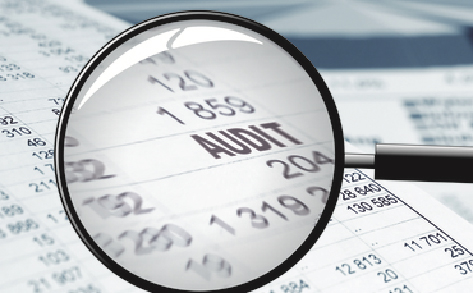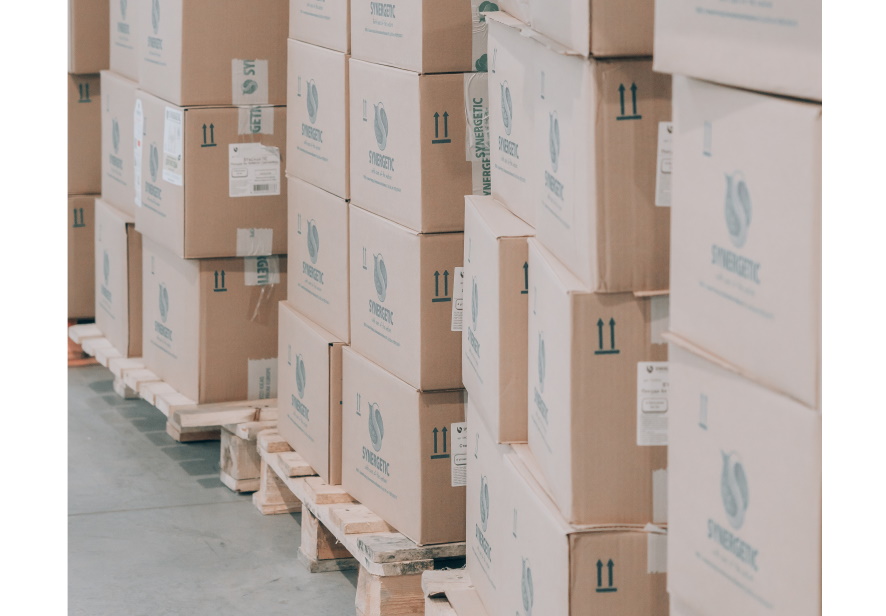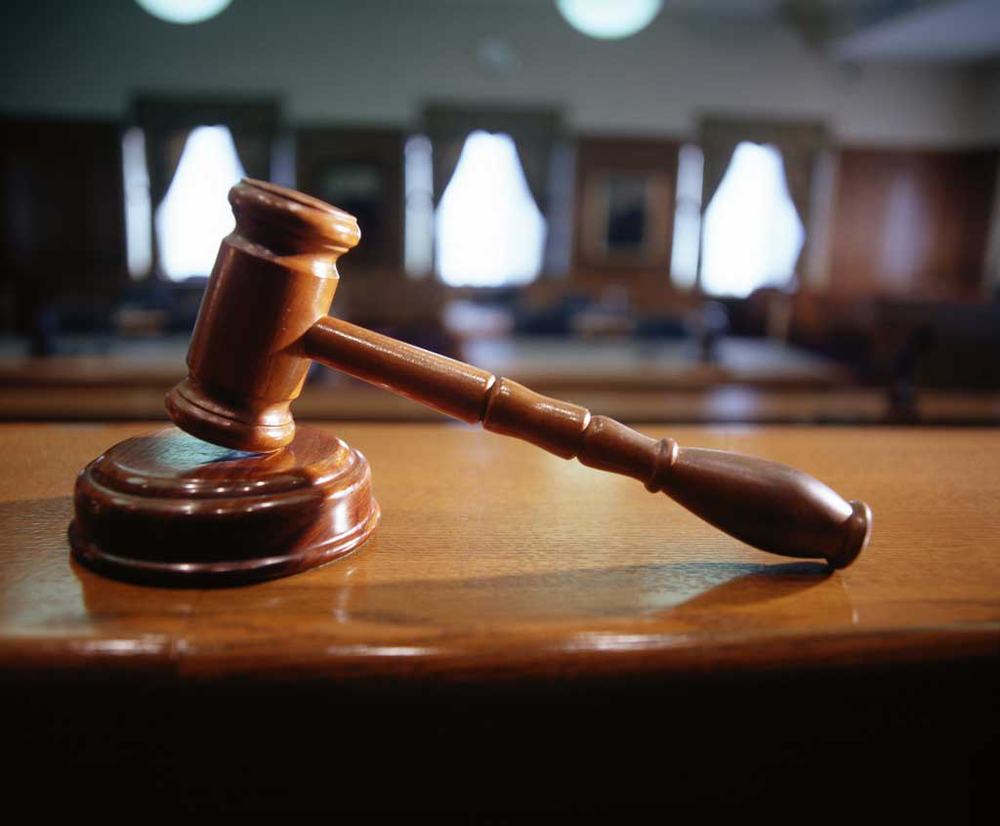The amount of information available to investors on audit committee oversight of the auditor continues to increase significantly, according to the latest edition of the Audit Committee Transparency Barometer, an annual report issued jointly by the Center for Audit Quality (CAQ) and Audit Analytics. Among other findings, the 2016 Barometer reveals double-digit growth since 2014 in the percentage of S&P 500 companies disclosing information on key areas of external auditor oversight, including auditor appointment and audit partner rotation.
“Audit committees play important roles in enhancing audit quality and representing investor interests, so it is encouraging to observe how public companies continue to shed more light on audit committee practices,” said CAQ Executive Director Cindy Fornelli. “With both robust data and specific examples of meaningful disclosure, the Audit Committee Transparency Barometer can be a resource for companies and audit committees looking to enhance how they communicate to investors, regulators, and others.”
Each year since 2014, the Barometer has measured the robustness of proxy disclosures among companies in the S&P Composite 1500. This index is comprised of the S&P 500 (large-cap companies), the S&P MidCap 400, and the S&P SmallCap 600.
The third edition of the Barometer provides year-over-year comparisons of key audit committee disclosure areas for companies of all sizes. Notable findings include the following:
- Thirty-one percent of S&P 500 companies’ proxy statements present enhanced discussion of the audit committee’s considerations in recommending the appointment of the audit firm, up from 13 percent in 2014. Twenty-two percent of MidCap companies show enhanced discussion (up from 10 percent in 2014) compared to 17 percent of SmallCap companies (up from 8 percent in 2014).
- Seventeen percent of S&P 500 companies’ explicitly stated the role audit committees play in negotiating audit fees, more than doubling from 8 percent in 2014.
- Thirty-four percent of S&P 500 companies disclose the evaluation or supervision of the audit firm, more than quadrupling from just 8 percent in 2014.
“To see the continuous improvement and greater transparency in audit committee disclosure is very motivating to our research team,” said Mark Cheffers, CEO of Audit Analytics. “We are excited to be able to partner with the CAQ to provide measurable disclosure intelligence to further support the public discussion of what insight audit committees are providing to investors.”
As a companion to the report, the CAQ has produced a video that brings to life the topics discussed in the Barometer through interviews with audit committee chairs discussing best practices related to appointment, compensation, and oversight of the work of the external auditor. The video is available on the CAQ website here.
Michelle Edkins, Global Head of Investment Stewardship at BlackRock, underscored the importance of the proxy statement at a recent conference.
“For so many companies, the proxy statement is a wasted opportunity to communicate with shareholders,” Edkins said.
The Barometer offers examples of leading disclosure practices that show audit committees are tailoring these enhanced disclosures specifically to the company and not using a one-size-fits-all approach.
Thanks for reading CPA Practice Advisor!
Subscribe Already registered? Log In
Need more information? Read the FAQs




